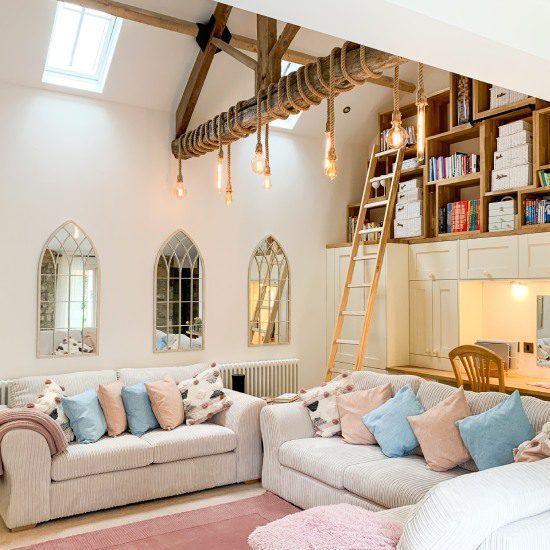
Barn conversions are becoming more and more popular in recent years. They’re proving to be capable of incredible beauty and people across the whole country are starting to enjoy them as little havens of comfort, privacy, and the nature that they’re often situated in. This is just all the more reason, however, that more and more people are also trying their best to figure out exactly what goes into making one, and more so, if you need planning permission for a barn conversion of your own.
Whether you’re looking to convert a barn to use as more property, to live in solely, or even to rent out as a part of a revenue-based movement, the planning laws around barn conversions are all practically the same, and luckily, now is a better time than ever to build one.
The Barn Conversion Clause
The main reason for this sudden explosion in popularity for barn conversions is because their planning permission requirements have changed as of 2013, thanks to the MB Class in Part 3 of the Second Schedule of the General Permitted Development Order.
In more simplistic terms, that means that barn conversions now fall under permitted development, and no planning permission is required. With permitted development, aside from the advisable acquisition of a certificate of lawful development, the barn conversion is to be done practically at your own discretion. There are no planning applications, no objections from conservationists or neighbours, it’s entirely down to you.
What’s the Catch?
Although barn conversions can be done with the new barn conversion clause in the permitted development act, that doesn’t mean you have free reign with any barn you like. There are still a few things that need to be kept in mind if you want to keep everything above board:
- Only operations reasonably necessary to convert the barn for residential use are authorised.
- The Barn must have been used for solely agricultural use and have been built before 2013. Any newer barns than this must have been standing for 10+ years before they can be converted.
- You’re only able to convert 450m2 of floor space at a maximum. This can be split into multiple dwellings, but this is the maximum convertible space.
- The conversion must be practical in relation to its location and the impact o a change of usage.
- If the site is subject to agricultural tenancy, any tenants have provided their consent to the conversion.
Useful Information
Don’t forget that barn conversions are still subject to the same rules as any other newly built dwelling. They have to meet the necessary building regulations requirements, with areas like waste, drainage, access, and SAP calculations all being considered.





